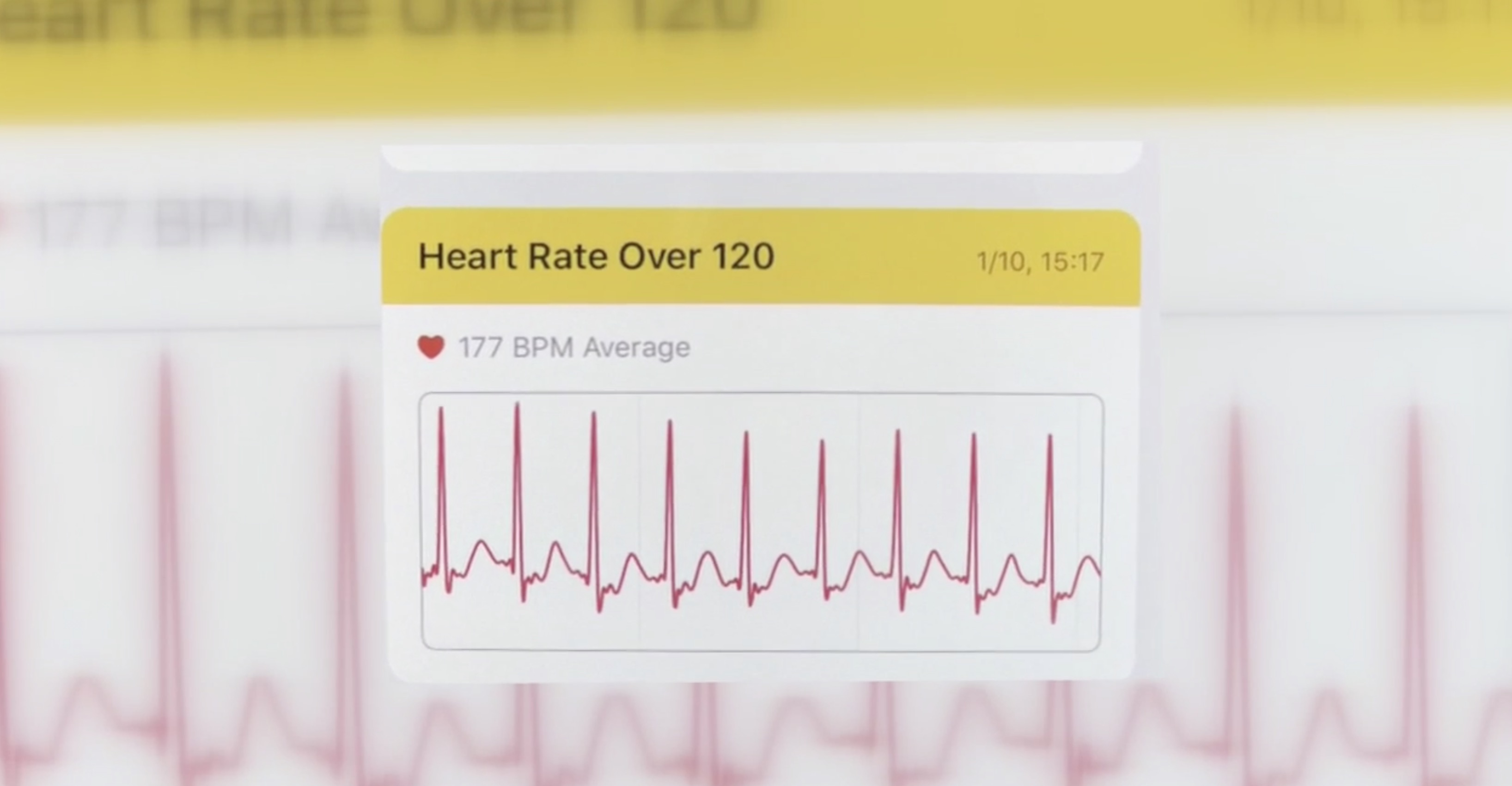BPM Counter is a simple and lightweight Mac OS X application that can calculate the beat-per-minute of your songs. All you need to do is to press any key on your keyboard in the same tempo as the beat and the application will display the BPM in real-time. NOTE: To download BPM Counter via the App Store, an Apple account is required. It provides a counter between a tempo of 4 BPM to 208 BPM and allows multiple selections of tempos using buttons, weight, arrows and input boxes. Simple Metronome allows continuous volume change and has a natural looking interface. It can work with natural sound and behavior. 10 Best Free & Paid DVD Authoring Software for Mac 2.
There are a number of different ways to measure exercise intensity, but using your max heart rate to create target training zones is the most common and reliable. Here’s a brief overview of how to calculate your max heart rate, along with a couple tips to help you better understand the limitations.
What is Max Heart Rate?

Your heart rate is measured as the number of times your heart beats per minute (bpm). Your resting heart rate is the measure of your heart rate at rest, which decreases as you get in better shape. Your max heart rate, on the other hand, is the maximum heart rate that you can attain that is based on your genetics. A high, or low max heart rate does not predict athletic performance, or even fitness level.
Bom For Materials
Why is Max Heart Rate important?
If you have a reasonable estimate of your Max Heart Rate, then you can create target training zones to help you improve your cardiovascular capacity and progress the intensity of your workouts. For example, if your max heart rate is 190 bpm, then I can give you a training plan that instructs you to run at 70% of your max heart rate for 30 minutes, or 133 bpm. So your target heart rate in this case is 133 bpm, which is a very useful benchmark for future workouts.
Max Heart Rate Calculations:
There are many different ways to try to estimate max heart rate that range from sub maximal exercise tests, extremely intense bouts of exercise, or simple calculations. For most people, it’s most practical to just use the calculations, then cross reference with empirical data from exercise.
Here are the two most common max heart rate calculations:
1) 220-Age
2) 206.9-(0.67*Age)
The 220-Age calculation is very popular because it’s easy and reasonably accurate for most people, while the other calculation was created in 2007 and is more accurate.
There’s a drawback, however, of these widely used calculations that few people understand. The standard deviation of the 220-age formula is + or – 12 bpm 1, and the other calculation has a standard deviation of + or – 7 bpm 2.
In case you never took calculus, or statistics, a standard deviation of + or – 12 bpm means that 66% of people are within 1 standard deviation of the max heart rate predicted by this 220-age formula, 90% of people are within 2 standard deviations (+ or – 24 bpm), and 95% of people are within 3 standard deviations (+ or – 36 bpm).
For example, let’s take a 35 year old man who has a max heart rate of 185 bpm predicted by the 220-age formula. Here’s how his max heart ranges would look:
1 standard deviation is 173-197 bpm (68% probability)
2 standard deviations is 161-209 bpm (95% probability)
3 standard deviations is 149-221 bpm (99.7% probability)
So, the point I’m trying to make is that these calculations work reasonably well for most people, but I think it’s important to cross reference these calculations with empirical data from when you’re wearing a heart rate monitor during exercise. I had one client who was 25 years old and a really athletic guy, but his max heart rate couldn’t have been above 165 bpm. He was part of the 10% of people who fall outside of 2 standard deviations predicted by the 220-age formula.
Cross Referencing Max Heart Rate Calculations
While we know these calculations are reasonably accurate, my suggestion is to wear a heart rate monitor when you go to the gym to workout. Keep an eye on your heart rate throughout your workout and see how you respond to various exercise intensities. If you are in pretty good shape, you can run on the treadmill for 15-20 minutes, than at the end really sprint hard for 1-2 minutes. Whatever your heart rate shows at the end of that sprint, add another 5 beats per minute and that’s a pretty decent estimate of your max heart rate.
Bpm Counter For Mac
Another even easier way is if you are breathing extremely hard during a workout so that you can’t even talk at all, you’re probably within 5-10 bpm of your max heart rate. For me, after a set of walking lunges with a lot of weight, my heart rate jumps through the roof and I’m pretty close to my max.
Bpm For Across The Universe
In future posts, I will go into more depth about how to use training zones to help you get leaner, and give you some sample cardio training workouts.
- “220 – age” equation (Fox, Naughton and Haskell, 1971) has a standard deviation of ±10 to 12 bpm (2007). ↩
- Gellish and colleagues (2007) has a standard deviation of ±5 to 8 beats per minute ↩
